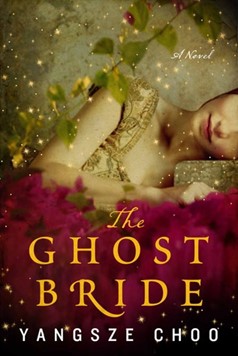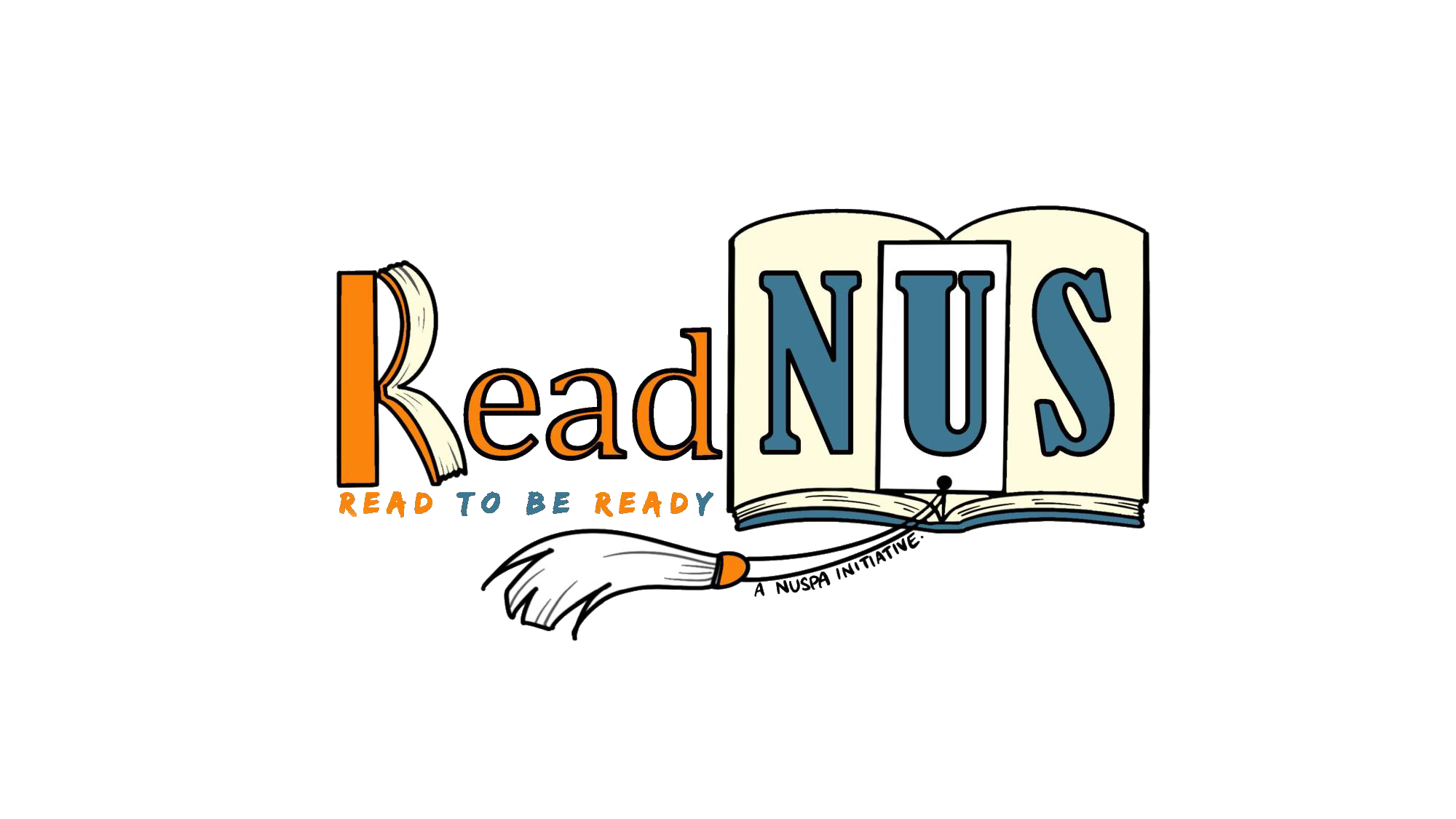The Ghost Bride and The Afterlife

Marriage is an institution that takes many forms. Apart from the monogamous heterosexual marriage we have come to see as the norm, polygamous marriage, same-sex marriage, and open marriage all exist in various cultures both past and present. But have you ever heard of marrying someone who is no longer in this world?
The Ghost Bride by Yangsze Choo, which was adapted into a Netflix series in 2020, explores the ancient Chinese tradition of ghost marriage. Also known as ‘yin hun’ (阴婚), it is a union where at least one party is deceased; the character for ‘yin’ means ’dark,’ ‘sinister,’ or ‘of the nether world,’ and the character for ‘hun’ means marriage.
Set in 1890s Malacca, the plot follows Li Lan, an impoverished girl who receives a proposal from the wealthy Lim family to become the ‘ghost bride’ of their deceased son.
Although this proposal may sound bizarre from a modern perspective, it makes sense when considering the rationale behind ghost marriage: historically, such marriages were arranged to appease lonely spirits, to carry on the family line, or to maintain the tradition of the younger brother marrying after the older brother in cases where the older brother died unmarried. Most of the time, they involved two deceased parties. Less commonly, a living woman would be wedded to a deceased bachelor and move in with his family. Afterwards, she may adopt a son to carry on the family name and spend the rest of her life mourning her dead husband.
While ghost marriage is fascinating on its own, what stands out most is how the story depicts the afterlife. The portrayal of the afterlife in this book follows Chinese folklore and as such, is not so much a release from the confines of the material world as a continuation of this life, with all the same burdens and pleasures.
Fortunate ghosts, like the Lims’ son, enjoy paper mansions, food and servants burned for them by their family. With enough hell money, they can bribe the judges of the underworld to overlook their sins. Less fortunate are the so-called ‘hungry ghosts’, who don’t have anyone to burn offerings for them and are doomed to suffer excruciating hunger for eternity.
Regardless of social status, these ghosts seem so human that I, as a reader, sometimes forget that they are dead. I don’t think I’m alone in this either – several times throughout the story, Li Lan mistakes ghosts for living people. This is a stark contrast to portrayals of ghosts as monsters, or something to be feared in other books and movies I’ve seen.
Yet, the story emphasises important differences between the worlds of the living and the dead. In doing so, it outlines a vision of what it means to be ‘alive’ as the living are shown to possess certain attributes that the dead do not.
The afterlife in The Ghost Bride is a world that has ceased to move. As the designs of paper offerings have not kept up with the times, ghosts there lack modern technologies such as fountain pens, trains and ships. Instead, they write with brush and ink, and get around by being carried by servants. Going to the underworld is like being transported back in time, giving readers the impression that death is associated with stagnation and lack of progress. After death, spirits continue to hold onto past connections, often trespassing into this world to take revenge on old enemies or visit loved ones. This tendency makes them seem more pitiful than frightening in my opinion, as they are unable to move on even when everyone in this world has already forgotten them.
In contrast to this melancholic and unchanging landscape, the world of the living is portrayed as a place where nothing ever stays the same. In the opening chapter, the protagonist Li Lan highlights that some traditions followed by girls back in China are practised in a more relaxed manner in Malacca. Chinese girls there no longer bind their feet and are permitted to leave the house when chaperoned. Even though some superstitious beliefs and practices persist, including ghost marriage, these are increasingly being challenged by modern science.
This changing world exists because living people, unlike the dead, are capable of both growth and regression. Li Lan starts off as a naive girl who holds idealistic views of romance but wisens up through her struggles. At the same time, her once intelligent and hard-working father deteriorates over the course of the story, falling ever deeper into opium addiction.
Life in The Ghost Bride is defined by change and the pain that comes along with it. Therefore, while people in the afterlife act and are treated as though they are still alive, they are distinct from those firmly rooted in this world. Stuck in time, these spirits are bound to their past and thus unable to move on to their next lives.
Of course, we can never know anything for sure about the afterlife or what people there are like, but our representations of them could tell us about what we value and fear in this life. It is the living, after all, who create these representations.
This idea is perhaps not acknowledged by those like Li Lan’s father, who completely dismisses supernatural beliefs and often quotes Confucius in saying it is better not to know about ghosts and gods, but to focus on the world we live in. In the words of the renowned philosopher, “While you do not know life, how can you know death?” Strangely enough, the story turns this quote on its head. Using beliefs about death and the afterlife, it reveals common anxieties about this life — the fear of stagnation and inability to move on from past traumas. Through a close encounter with death, Li Lan and by extension, the reader, is better able to understand life and what she wants out of it.
That could be why she eventually rejects a materially comfortable but emotionally empty life in the underworld with her wealthy ghost husband. Instead, she chooses to marry a living person she loves, even though he is far from perfect. She knows that her future is uncertain and possibly difficult, but has the courage to face it instead of dwelling on the past. It is this ability to grow and adapt that distinguishes her the most from the array of spirits in the underworld and the ‘living dead.’ At the end, the reader is left wondering if they could, like her, break free of the past and accept change even when it is painful.
By: Joyce Lee
ReadNUS Editorial Member
